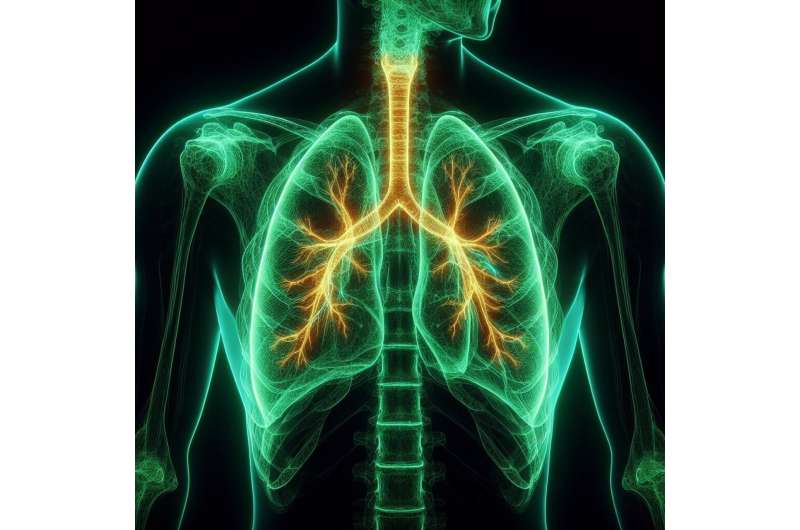How Changes in CT Scans Over a Year Predict Outcomes in Fibrotic Lung Disease

Recent advances in AI-enhanced CT scan analysis enable early prediction of disease progression and survival in patients with fibrotic lung diseases, potentially transforming patient management and treatment strategies.
Researchers at National Jewish Health have discovered that subtle increases in lung scarring, observed through CT scans taken one year apart, can serve as important indicators of disease progression and patient survival in those with fibrotic interstitial lung diseases. Utilizing an artificial intelligence-based tool known as deep learning data-driven textural analysis (DTA), scientists measured changes in lung fibrosis with high precision. These advancements reveal that even small increases in fibrosis scores are linked to accelerated decline in lung function and higher risks of death or lung transplantation.
The study highlights that patients experiencing a 5% or greater increase in fibrosis score had more than double the risk of mortality or needing a lung transplant within the following year. Interestingly, the most significant changes were observed in patients with less severe initial disease, emphasizing the potential of early intervention. Dr. Matthew Koslow, lead co-author, explained that these findings could transform how clinicians monitor disease progression by providing an objective, early warning system based on imaging data.
Traditionally, predicting the course of fibrotic interstitial lung diseases, such as idiopathic pulmonary fibrosis (IPF), relies on symptoms, lung function tests, and radiologist assessments—which can be subjective and inconsistent. The new approach employs advanced image analysis technology to quantify fibrosis, offering a more consistent and predictive measure.
The study was validated using data from the Pulmonary Fibrosis Foundation Patient Registry, supporting its broad applicability. Quantitative CT analysis not only enhances disease monitoring but also holds promise for improving clinical trial endpoints, patient selection, and treatment planning.
According to Dr. David Baraghoshi, this research illustrates how robust statistical models combined with imaging can reveal meaningful patterns in disease progression. Overall, these findings suggest that regular assessment of fibrosis via AI-driven CT analysis could significantly refine prognostication and management strategies for fibrotic lung diseases.
Source: https://medicalxpress.com/news/2025-10-ct-scan-year-outcomes-fibrotic.html
Stay Updated with Mia's Feed
Get the latest health & wellness insights delivered straight to your inbox.
Related Articles
Study Links Sex-Selective Abortion Bans to Negative Birth Outcomes in Asian Immigrant Women
A Yale study reveals that sex-selective abortion bans in certain U.S. states negatively impact maternal and infant health among Asian immigrant women, without affecting birth sex ratios, highlighting the need for nuanced policy approaches.
Funding Shortages Threaten Operations of Community Health Centers
Community health centers across the U.S. face financial crises due to federal funding lapses, risking service reductions and closures for millions of underserved patients. Long-term support is critical to sustain essential primary care services.
Potential Anti-Aging Effects of Psilocybin: Extending Cell Lifespan by Over 50%
Emerging research suggests that psilocybin, the compound found in magic mushrooms, may extend human cell lifespan by over 50% and support healthy aging, opening new avenues for anti-aging therapies.
Inhalation of Farm Dust Disrupts Gut Microbiome and Impairs Intestinal Integrity in Mice
Inhalation of farm dust can disrupt gut bacteria and weaken the intestinal barrier, leading to potential systemic health issues. New research highlights the importance of protective measures for agricultural workers.



